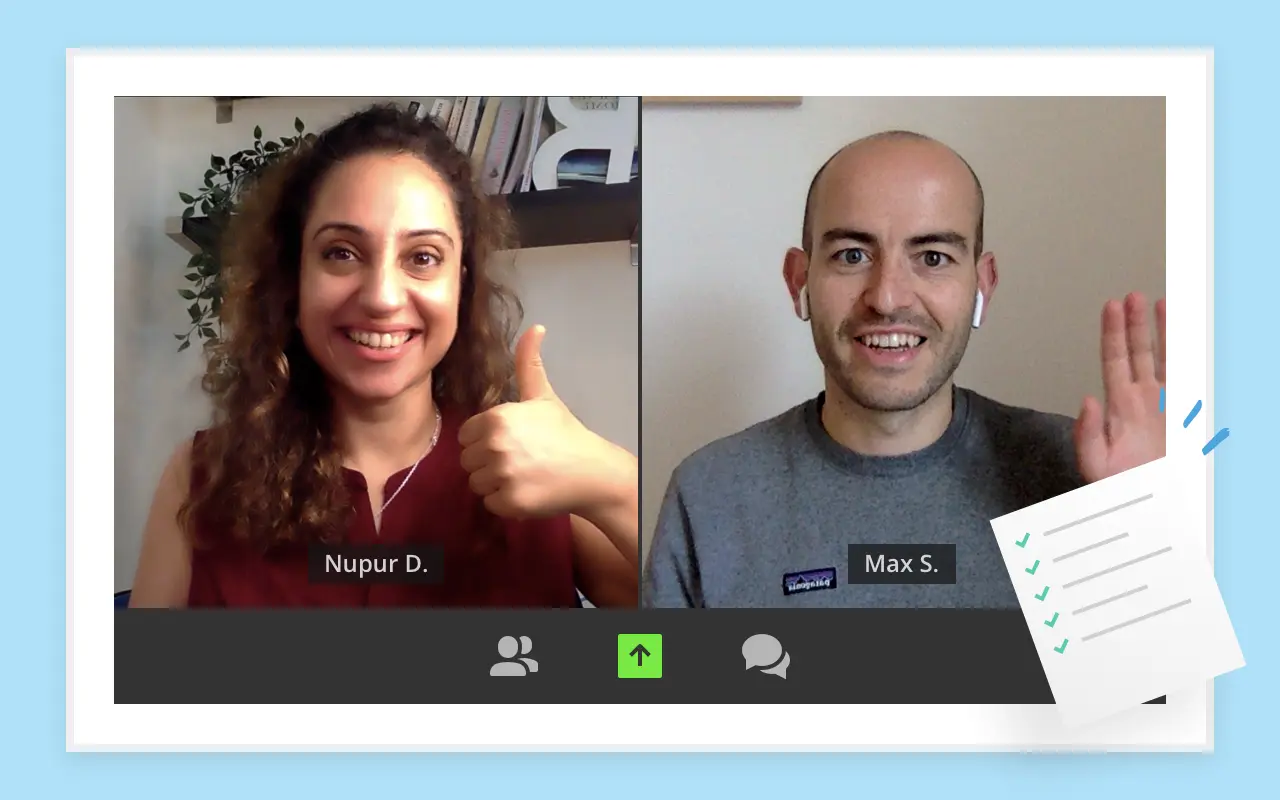What is an issue tree and why are they helpful?
Consultants at McKinsey and other firms often use issue trees to solve their clients' problems. Issue trees break down large complex questions into smaller manageable ones. They are usually used to find the root-cause of an issue faced by a client (hence their name).
For instance, if a client is facing a profitability issue, consultants would typically split the problem into two sub-components: Revenues and Costs. Revenues would then be broken down further into Price times Number of units. And costs would be split further into Fixed and Variable costs. This particular issue tree example is usually referred to as the profitability framework.
Issue trees can be used for profitability issues but can also be generalised to many other kinds of business problems: factory production issues, marketing funnel issues, customer retention issues, etc.

Issue trees are an extremely helpful tool for a few reasons.
- First, they enable consultants to breakdown complex problems into simpler ones. The problems McKinsey solves are often complex ones. Breaking issues down into smaller pieces which are simpler to solve makes consultants' lives easier.
- Second, issue trees are great to keep focus. Sub-issues are logically connected to the overall issue. When consultants work on a sub-issue they therefore know it will contribute to solving the overall problem. Without an issue tree it is easy to get lost in the details and to lose track of whether an activity is helping to solve the overall problem or not.
- Third, issue trees are also a great communication tool. They are easy for clients and teams to understand because they are visual. If structured correctly they also ensure that no potential root-cause of an issue is missed as part of the analysis. This typically reassures clients in real life.
The two rules of issue trees
Issue trees are also extremely helpful in case interviews. A good issue tree will go a long way in helping you solve the problem the interviewer has given you. But a bad issue tree will be almost useless. Your issue tree needs to follow two rules to be helpful.
The best issue trees are MECE. This means they are mutually exclusive and collectivelly exhaustive.
Mutually exclusive means there is no overlap between the different sub-issues you have identified. For instance, in the profitability framework, there is no overlap between revenues and costs by definition.
Collectively exhaustive means that the sub-components of your issue tree cover all potential root-causes of the problem. For instance, given Profits = Revenue - Cost, a profitability issue can come from revenues and costs, but nothing else.
A second feature of great issue trees is that they are "80 / 20". In other words, they focus on the most important issues.
For instance, let's imagine that we are looking at British Airways' fixed costs. The main cost categories are probably: airplanes, staff and advertising. In addition to those main categories, British Airways probably also has a small budget to lobby the government on aviation related topics. But this budget is very likely small and it is ok to ignore it in an issue tree.
You might be wondering how to make your issue tree MECE if you have to ignore certain issues. The answer is that your issue tree needs to be MECE for the higher level issues (e.g.: revenues vs. costs). But that it's ok for it to focus on the most important parts for the more detailed issues (e.g.: fixed costs break down).
When should you use issue trees in case interviews?
Click here to practise 1-on-1 with MBB ex-interviewers
Issue trees can help you answer two types of questions in case interviews: framework questions and creativity questions.
At the beginning of the case your interviewer will explain the problem you are trying to solve and ask you which areas you would look at to solve it. This is what's called a case framework question and issue trees can be really helpful to answer them.
Later on in the case, your interviewer will also often ask you a creativity question. For instance, if you have found that your client's profitability issue was coming from an increase in variable costs, your interviewer might ask you: "What are some of the things we could do to decrease variable costs?" This type of questions aim to test whether you can brainstorm in a structured way.
Issue trees can therefore be used in case interviews both to find the root-cause of an issue (framework questions), but also to generate ideas on how to solve a problem (creativity questions). If you would like to get a feel for how these issue trees are used in practice, you can watch the two case interview extracts below.
Issue tree example
Now that you know what an issue tree is, let's train putting one together by answering the following question:
How can you increase your personal income?
For the purpose of this question, let's imagine that you are a full time employee at a company. Before looking at the answer key below you should spend 2 or 3 minutes building your own issue tree and then comparing it to our suggestion.
If you have any thoughts or questions about our suggested answer don't hesitate to leave a comment below and our team will answer you.
Answer
Let's create an issue tree that explores how we can grow our personal income. And let's try to respect the two rules of issue trees: being MECE and 80 / 20.
- Income from main job
- Keep same job but get pay rise / promotion
- Look for higher-paid job inside current company
- Look for higher-paid job in another company
- Look for job with same pay but less hours to spend more time on side jobs
- Income from side jobs
- Freelancing (e.g.: Marketing consultant)
- Tutoring (e.g.: Maths, English, etc.)
- Driving (e.g.: Uber driver)
- Income from assets
- Invest in real estate, stocks
- Rent appartment room (e.g.: AirBnb)
- Sell unused items (e.g.: eBay)
Do you agree this is MECE and 80 / 20? Don't hesitate to let us know in the comment section below!
Conclusion
Issue trees are an extremely powerful tool used by consultants on a daily basis. You should not hesitate to use it in your own case interviews, in particular for framework and creativity question. When you do so, make sure your issue tree is MECE and 80 / 20. This will make you much more effective at solving the problem and will also make you stand out compared to other candidates.
Mock interviews
The best way to improve at case interviews is to practise interviewing out loud, and you can do that in three main ways:
- Interview yourself (out loud)
- Practise interviewing with friends or family
- Practise interviewing with ex-interviewers
Practising by yourself is a great way to get started, and can help you get more comfortable with the flow of a case interview. However, this type of practice won’t prepare you for realistic interview conditions.
After getting some practice on your own, you should find someone who can do a mock interview with you, like a friend or family member.
We’d also recommend that you practise 1-1 with ex-interviewers from top consulting firms. This is the best way to replicate the conditions of a real case interview, and to get feedback from someone who understands the process extremely well.
Click here to book your mock case interview.









